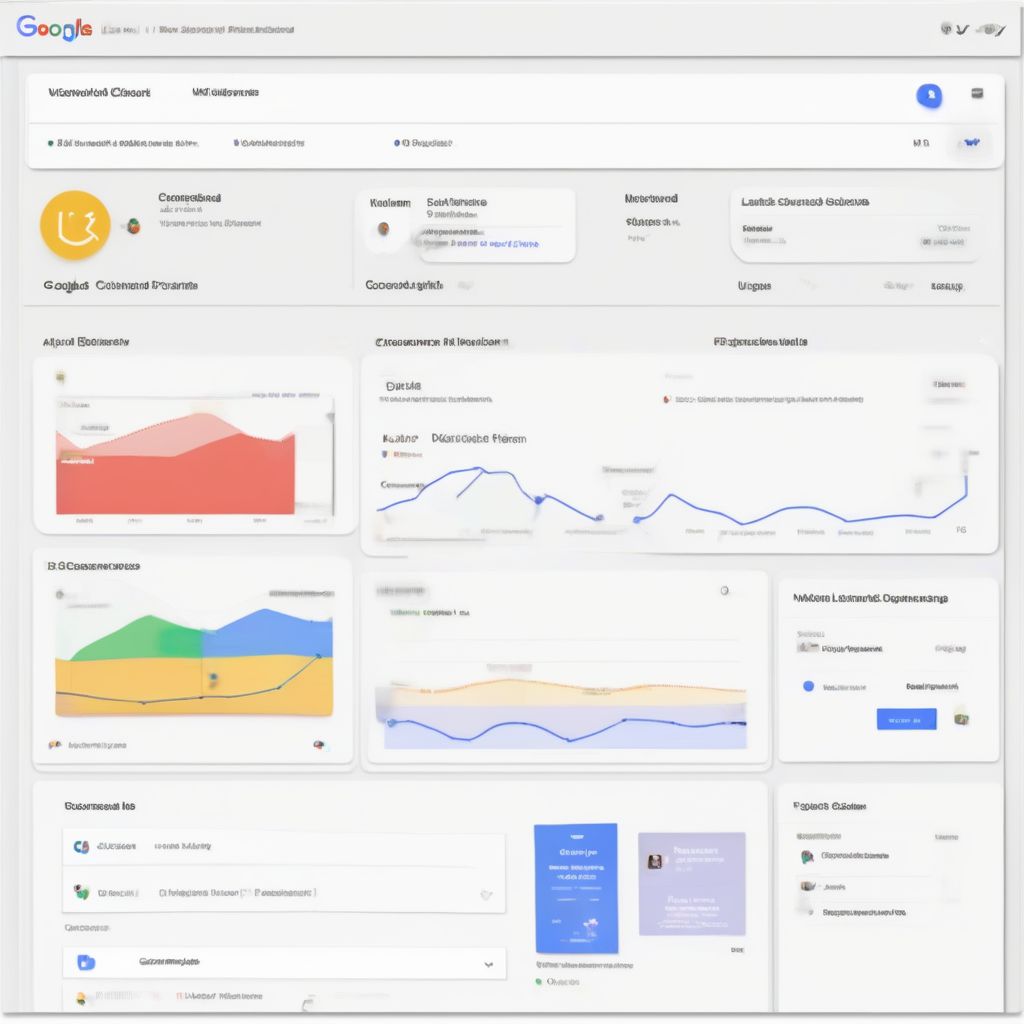In today’s digital age, businesses and individuals alike are generating massive amounts of data. This data is invaluable, and storing it securely and accessibly is paramount. This is where cloud storage solutions, like those offered by Amazon Web Services (AWS), come into play. Understanding “Amazon Web Services Cloud Storage Pricing” is essential for anyone looking to leverage the power and flexibility of AWS for their storage needs.
Understanding the Basics
What is AWS Cloud Storage?
Amazon Web Services (AWS) provides a suite of cloud computing services, including a range of cloud storage options. These services are designed to be scalable, reliable, and cost-effective, catering to diverse storage needs.
Why is AWS Cloud Storage Pricing Important?
Unlike traditional storage solutions with fixed costs, AWS offers a pay-as-you-go model. This means you only pay for the storage you use, making it a highly attractive option for businesses of all sizes. However, navigating the various pricing models and storage classes can be complex. Understanding the nuances of “Amazon Web Services cloud storage pricing” is crucial to optimize your storage costs and maximize your return on investment.
Key Factors Influencing AWS Cloud Storage Pricing
Several factors can impact the overall cost of your AWS cloud storage solution:
- Storage Class: AWS offers various storage classes, each designed for specific data access patterns and availability requirements. Choosing the right storage class for your data can significantly impact costs.
- Data Storage: The amount of data you need to store directly affects the price.
- Data Transfer: Moving data in and out of AWS storage services can incur costs.
- Data Retrieval: Accessing your stored data, particularly from infrequent access tiers, can involve retrieval fees.
- Data Replication: Replicating data across multiple AWS regions for disaster recovery or low latency access will impact costs.
Exploring AWS Storage Classes and Pricing
Amazon S3 (Simple Storage Service)
Amazon S3 is AWS’s flagship object storage service, offering a highly scalable, durable, and cost-effective solution for storing various data types.
- S3 Standard: Ideal for frequently accessed data, offering high durability and availability.
- S3 Intelligent-Tiering: Automatically moves data to the most cost-effective access tier based on usage patterns.
- S3 Glacier: Designed for long-term data archiving and backup, offering the lowest storage costs.
Amazon EBS (Elastic Block Storage)
Amazon EBS provides block-level storage volumes that can be attached to EC2 instances, acting as virtual hard drives.
- EBS General Purpose SSD (gp2 & gp3): Suitable for a wide range of workloads, offering a balance between price and performance.
- EBS Provisioned IOPS SSD (io1 & io2): Designed for I/O-intensive workloads requiring sustained, high performance.
Other AWS Storage Services
Beyond S3 and EBS, AWS offers a variety of other storage services, each with unique pricing structures:
- Amazon EFS (Elastic File System): Fully managed, scalable file storage for use with AWS cloud services and on-premises resources.
- AWS Storage Gateway: Hybrid cloud storage service that connects on-premises applications to AWS cloud storage.
cloud.mualaptophanoi.com/wp-content/uploads/2024/07/aws-cloud-storage-pricing-66a9ab.jpg" alt="AWS Cloud Storage Pricing" width="1024" height="1024">AWS Cloud Storage Pricing
Optimizing Your AWS Cloud Storage Costs
Effectively managing your AWS cloud storage expenses requires careful planning and utilization of available tools:
- Choose the Right Storage Class: Analyze your data access patterns and select the most cost-effective storage class for each data set.
- Utilize Storage Tiering: Leverage services like S3 Intelligent-Tiering to automatically move data between storage tiers based on usage.
- Compress Data: Reduce storage space and costs by compressing your data before uploading to AWS.
- Delete Unnecessary Data: Regularly review and delete any outdated or unused data to free up storage space.
- Monitor Storage Usage: Track your storage consumption through AWS Management Console or third-party tools to identify areas for optimization.
Conclusion
Understanding “Amazon Web Services cloud storage pricing” is not merely about deciphering a price list; it’s about aligning your storage needs with the most cost-effective solutions AWS offers. By carefully evaluating your requirements, exploring available options, and leveraging cost-optimization strategies, you can unlock the full potential of AWS cloud storage while keeping expenses in check.
We encourage you to share your experiences, questions, and insights in the comments section below. How have you navigated AWS cloud storage pricing for your projects?


